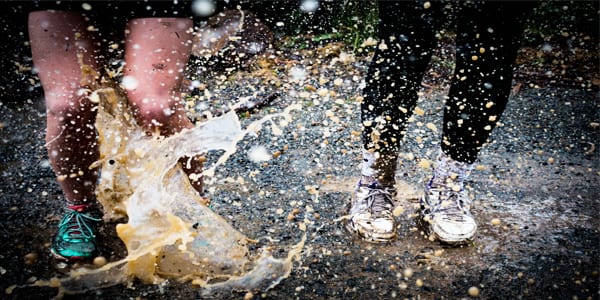 Relationships evolve, usually in three stages.
Relationships evolve, usually in three stages.
You start off on your best behaviour, always wanting to show-off the best version of yourself. Minding your P’s and Q’s. Then, as the relationship grows, you relax and are easier to connect with, showing your real self, learning to speak with your partner, understanding what they like and how to make them happy. Then finally, as you move into genuine intimacy, you really let your true self out. Not closing the bathroom door, barely bothering with matching underwear, squeezing your spots, not hiding your flaws – letting your partner see the true you, warts and all.
And that is how our relationship with audiences has evolved. For the last few years we have been talking about transparency and authenticity in our work. We have been advising our clients to produce content that is credible and real from their brand, talking in an honest and open tone of voice and speaking in a language, and with messages, that their audiences can relate to. Native, transparent, authentic, real communications.
Like all relationships we have now evolved… the emerging phase of our communications relationship is Authenticity 2.0 – unfiltered and flawed.
We have entered a stage where consumers expect content from brands that shows genuine, sheer unvarnished messy humanity. We have moved beyond authenticity to intimacy. Life with no filters. This evolution of authenticity means that we have to get even more real. Hyper-real, hyper-transparent.
So, expect to hear the sort of language, and see the sorts of behaviours, that you would share with your closest friends or behind closed doors. People in their pajamas, with no make-up, in messy rooms, eating with their fingers, drinking milk out of the carton. Exploring bodily functions (and body parts) in the language people really do use. One of my favourite, and most relatable, examples is This Girl Can. Rather than showing unrealistically toned and fit women, it portrays sport in all its sweaty, wobbly, jiggley, unglamorous truth. It shows ill-fitting gym kit and smudged make up, sweaty armpits and lank hair – it is what sport is really like, not the sanitized version that we often see. The work was human, real and, consequently, a massive success.
Another effect of this consumer desire for real life, warts and all, is that audiences are going to expect to see real representations. We are going to see more images of the really real – images of people that in the past may have been seen as flawed will now be celebrated and in the gaze. As they should be.
We will miss out if we think we can curate what people see or hear. We have to keep it real, so they can relate to it. And real is raw, messy, sticky, flawed and damaged.
Some might consider that to embrace Authenticity 2.0 – unfiltered and flawed is a brave approach to communications. It isn’t brave, it is essential. Because to connect with our audiences we have to show we understand them, and part of that is to acknowledge that life and people aren’t perfect.